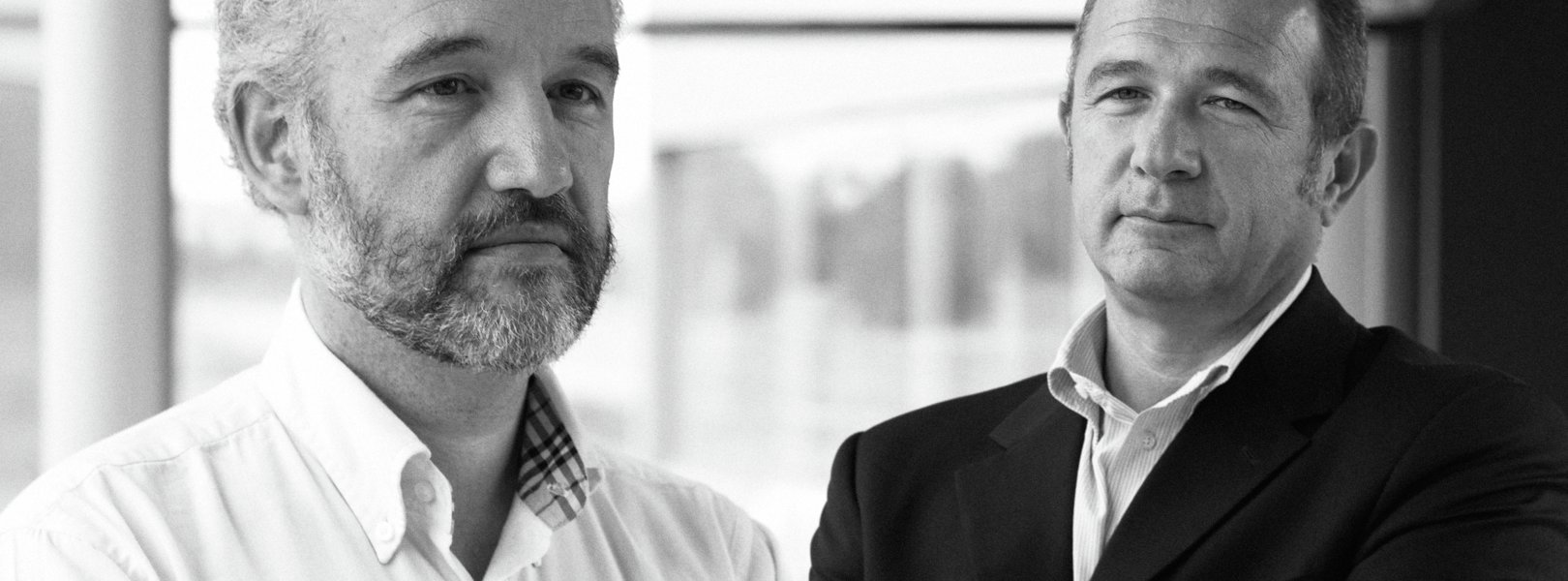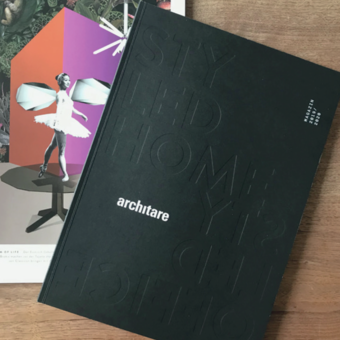More than 20 materials, more than 30 designers, and more than 20 models in one collection. No other light manufacturer has re-written design like Foscarini has. With success. In 25 years, the two architects Carlo Urbinati and Alessandro Vecchiato managed to turn the small Venetian experimental laboratory into an internationally renowned lighting emporium. The secret recipe? Foscarini only realises new, innovative projects: a surprising lightness, invisible technology, a statics that transcends all laws and conventions – in short, genius ideas that excite an epiphany in the observer. A prerequisite for this is that Foscarini does not self-produce anything. For every design, a supplier is selected that is most suitable for its execution.
Foscarini
This allows for unimagined production freedom in material selection and manufacturing processes. This gives rise to a collection that changes continually. Just like the world in which we live.
What does good design entail?
A good design object must unite beauty, extravagance, and functionality.
It must be culturally relevant in such a way that it remains valid for many years.
Why are lights by Foscarini so different? And how can they be intellectual yet familiar at the same time?
Foscarini’s business concentrates on new product development. The company is very clear about its decision to only execute projects that contain new ideas. This initiative leads to a consistent development process that can often carry on for years; development that is shaped by both spontaneity and depth, an analysis of materials, shapes, processes, and use. This can lead to results that are far removed from the original concept.
And Foscarini lights are innovative precisely because of that. These modern classics at the same time have the potential to transcend current fashion. Foscarini originally became known for its designer lights made from Murano glass.
Nowadays, the designers – and you as well – increasingly use plastic. Because it’s more affordable?
For us it was a natural development. Murano glass has its own unique special merits as a material. It is colourful, playful, and prestigious. During our development process, the question arose whether we wanted to limit ourselves to only this material or whether we wanted to follow the way that seemed most suitable to the design. The designers often presented us with very strong concepts that would have been very difficult to execute in glass. Weight is often a decisive problem – but so is the price, which has increased ten-fold. Many designs, if they’d been executed in glass only for the sake of feasibility and prestige, would have made the objects so fragile that they would simply have been senseless. The idea behind the lamp determines which materials we use. That was our way.
What value does Foscarini add to products?
That of a business that gives new shape to good ideas. A creative and technically advanced workshop that has ideas, develops them further, and that doesn’t only produce lights, but triggers emotions. A company that
works freely, passionately, and unconventionally, together with many designers from all over the world, at the centre of an industry in which it thrives.
Those are Foscarini values. And what is the half-life of these products?
Infinite. A good product is immortal. One of the lights with the highest recognition value, Lumiere, comes from 1990.
How sustainable does design need to be today?
The development and investment cost for the production process is so high nowadays, that there is no way we can afford to develop a light that becomes passé after a year. Lumiere will be 25 years old next year. Half an eternity for a designer light.
Can an LED light be poetic?
Absolutely. In 2013, we specifically focussed on this goal. It was a fascinating task. We dug out our four bestsellers and presented them to our technical department. Their mission and challenge was to develop an LED solution that fully retained the poetry and specific character of the lights. Each of the redesigned models needs a special, highly-qualified light board to have the same luminosity, scatter, and intensity as the original design.
Be honest: How many lights that operate with “prohibited” globes do you still have at home?
Oh, lots. Especially in the old design classics. Many lights that are conceived with special illuminants can’t be changed.

Do you also think about those people who have to clean the lights when you develop them?
No. And it’s better that way – seriously: We do obviously make sure that dead flies can’t congregate somewhere. However, our Caboche model with its more than 200 lenses, for example, is constructed in such a way that the individual parts can be removed easily and cleaned in the dishwasher.
How does Foscarini handle special requests?
Foscarini offers special solutions that consist of a creative combination of serial lights for very large rooms or light sculptures. There are some examples, which we exhibited at design events in Europe and the United States, such as Fiber Evolution, created in collaboration with Marc Sadler; or Tropico, that we developed jointly with Giulio Lachetti. Your commitment to the Venice Biennale is directed at the promotion of design culture.
How important is this for your business?
The connection between Foscarini and the art world is part of a far-reaching vision. The first step of this vision was concretised with the opening of Spazio Brera in Milan and Spazio Soho in New York. These spaces are not only showrooms. They are places that are open to all types of creativity,
designed to tell stories and carry away emotions
places that contain location-specific installations, conceived by artists and representatives of the international creative scene.
What fascinates you about your job?
We are fortunate to work with light. There is basically a lack of light. All visual information is transported by light. This is precisely the channel that we work with. Together with the light emitted by our lamps, you also get style and emotion. It’s not just a simple ray of light, it’s a ray with something magical about it.

Photos: © Jeanette Schaun






